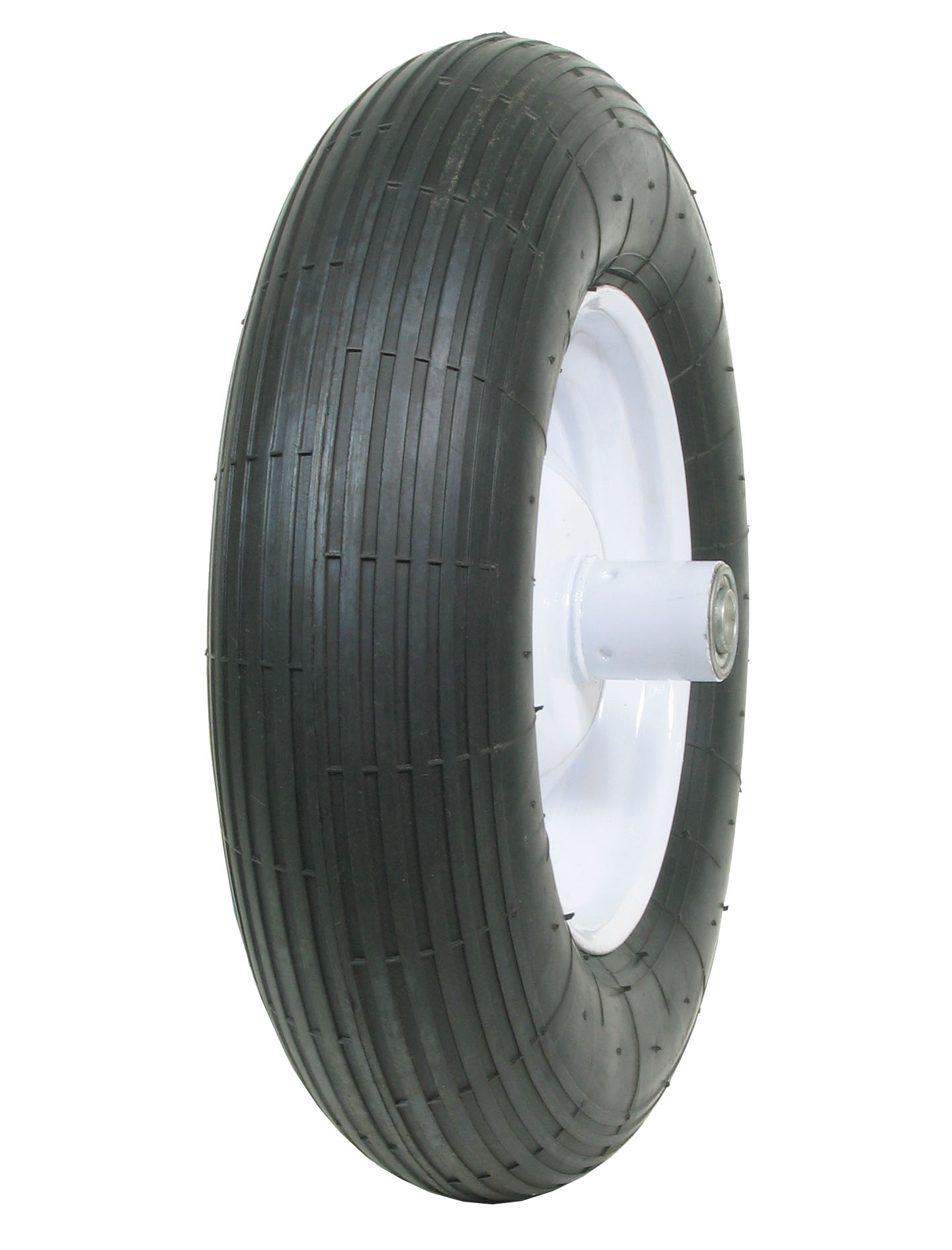

Just like cars using run-flat tires, this feature could free up trunk space. Since you won’t be changing or repairing a flat, you don’t need to carry a spare.

An end to the days of changing a tire on the highway shoulder would be welcome to drivers everywhere. When you run over a sharp object in the road, you won’t have to worry about a flat tire because tires without air can’t go flat. For most drivers, this feature will sound nothing short of revolutionary. With airless tires, you never have to worry about your tires leaking because-you knew this was coming-non-pneumatic tires have no air to leak. Golf carts, trailers and lawnmowers are a few examples of these tires being used in commercial applications. For reasons like these, many spectators think airless tires are still a decade or so away.ĭespite this, the demand to keep up with the continuous advancements in the auto industry suggest that airless tires would be a welcome step forward for consumers as well as the auto industry.Ĭurrently, most airless tires on the market are made from solid rubber or plastic.

Finding a way to avoid trapping debris within the spokes, as well as developing the best way to distribute weight evenly and consistently transmit loads are a couple of these hurdles. However, there are developments and enhancements to be made before airless tires are available for consumers. In 2013, Bridgestone revealed its second generation air free concept non-pneumatic tire featuring improved load-bearing capabilities, environmental design and driving performance.


 0 kommentar(er)
0 kommentar(er)
